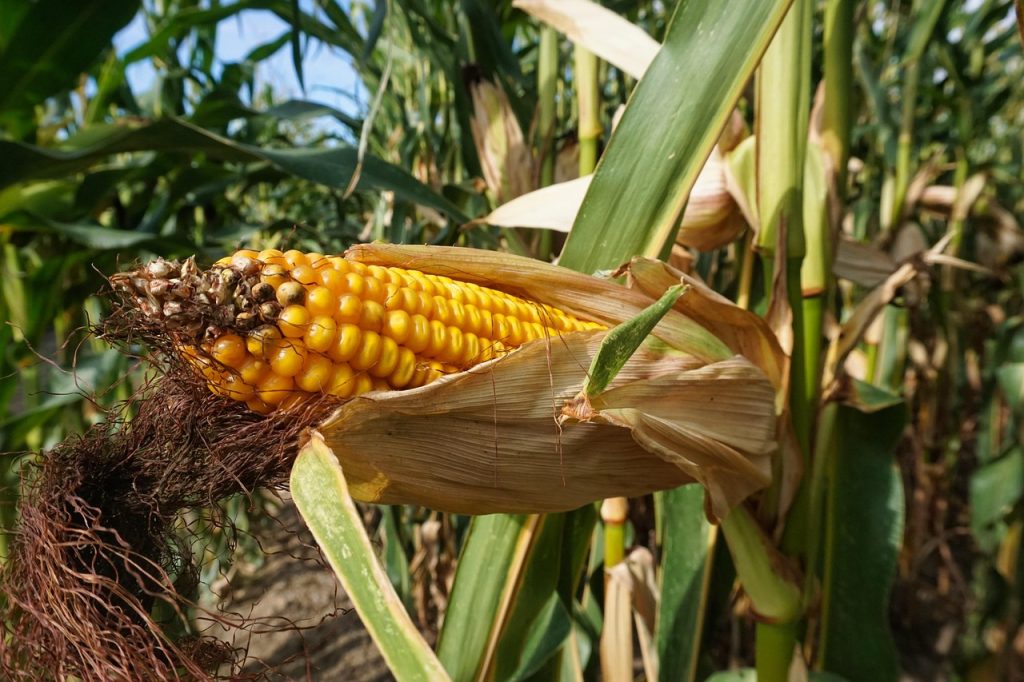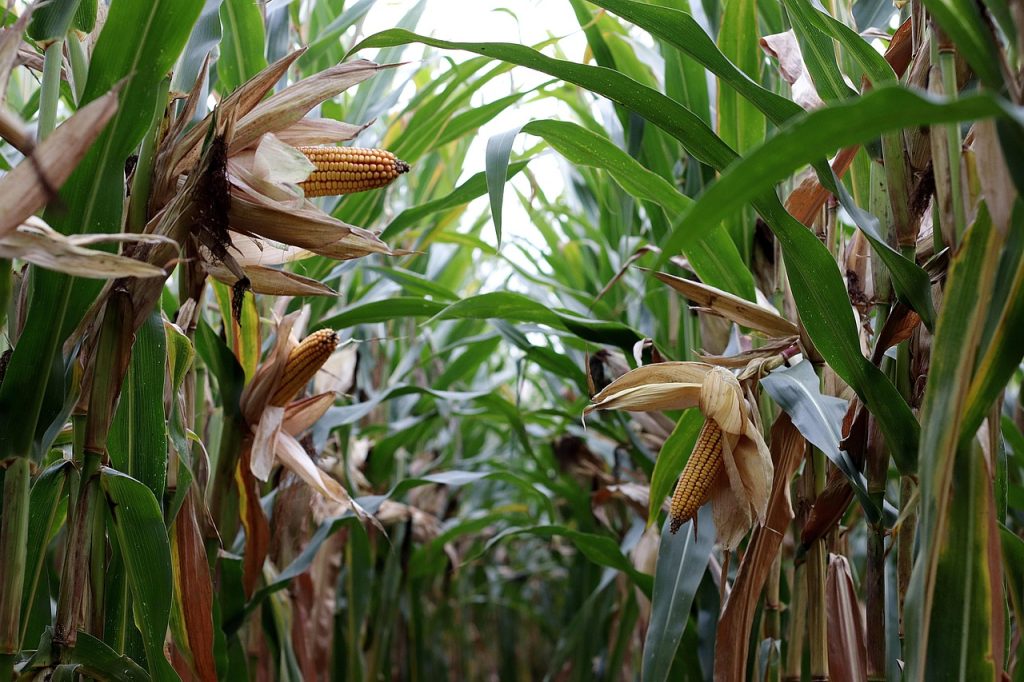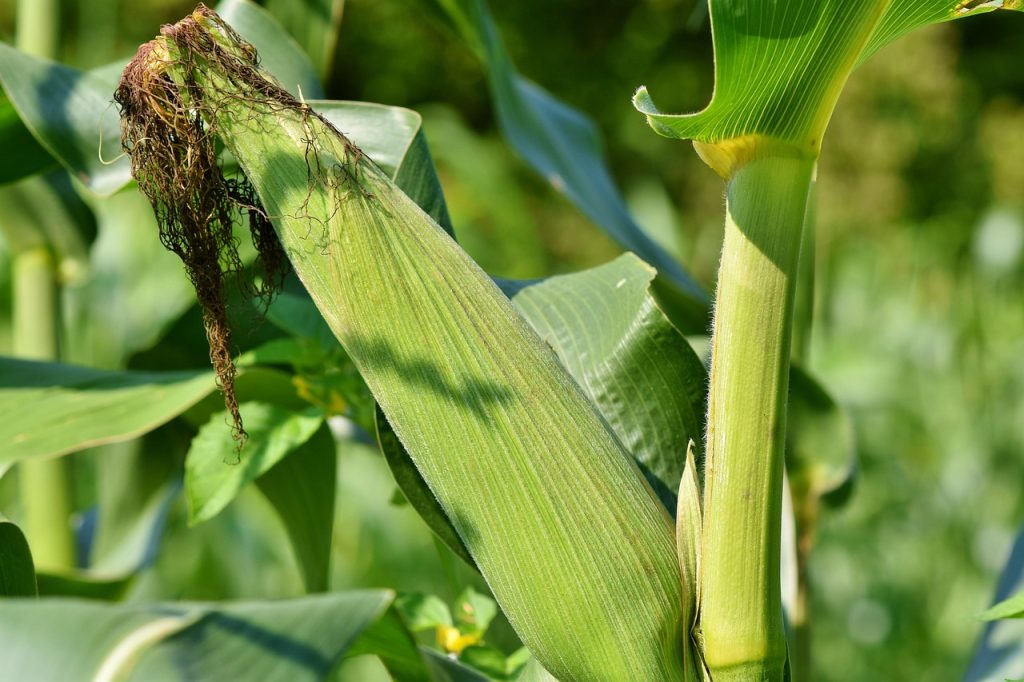The corn plant, scientifically known as Dracaena fragrans or Dracaena mass cane, is one of the most popular houseplants around the world. Loved for its tall canes, glossy green leaves, and low-maintenance nature, it’s often found in homes, offices, and even lobbies. With the right approach, corn plant care is simple, but knowing the right balance of water, light, and maintenance makes all the difference between a thriving plant and one that struggles.
This guide covers everything you need to know about growing and maintaining a corn plant—indoors or outdoors—along with tips to handle common problems like brown leaves, trimming, and long-term care.

What Is a Corn Plant?
The corn plant (Dracaena fragrans) is a tropical African native that has adapted perfectly to indoor environments. Despite its name, it’s not related to the edible corn crop. Instead, it gets its name from the resemblance of its long green leaves to corn foliage.
- Type: Evergreen perennial
- Height: Up to 6–8 feet indoors (taller outdoors)
- Growth habit: Upright cane with clustered leaves
- Best for: Beginners, indoor décor, low-light spaces
Corn Plant Care Basics
Here’s a quick overview of what corn plants need:
| Care Aspect | Requirements |
|---|---|
| Light | Bright, indirect light; tolerates low light indoors |
| Watering | Allow topsoil to dry slightly; avoid waterlogging |
| Soil | Well-draining potting mix with peat and perlite |
| Humidity | Moderate to high; misting can help indoors |
| Temperature | 65–80°F (18–27°C); avoid drafts and cold air |
| Fertilizer | Balanced liquid fertilizer every 4–6 weeks in growing season |
| Toxicity | Mildly toxic to pets (cats and dogs) |
Indoor Corn Plant Care
When grown inside, corn plants are prized for their ability to thrive in low to medium light conditions, making them perfect for apartments and offices.
- Light: Place in a bright room but away from direct sun, which can scorch leaves. A few hours of filtered sunlight through a curtain works well.
- Water: Water when the top inch of soil is dry. Overwatering is the most common cause of problems in indoor corn plant care.
- Humidity: Corn plants love moderate humidity. In dry climates or heated rooms, mist the leaves weekly or use a pebble tray.
- Container: Choose a pot with drainage holes to prevent root rot.

Outdoor Corn Plant Care
In warm climates (USDA zones 10–12), corn plants can also be grown outdoors.
- Placement: Choose a shaded or partially shaded spot. Direct sun can burn the leaves.
- Watering: Outdoor plants may need more frequent watering, especially in summer. Always check the soil first.
- Protection: In cooler climates, grow in containers so the plant can be brought inside during winter.
Dracaena Corn Plant Care Tips
- Rotate the plant occasionally for even growth.
- Wipe leaves with a damp cloth to remove dust and allow better photosynthesis.
- Repot every 2–3 years when roots outgrow the container.
Candy Corn Plant Care vs. Cane Corn Plant Care
You might see the term “candy corn plant” used, but it usually refers to a different flowering species (Manettia luteorubra). While not the same as Dracaena fragrans, it also benefits from warm temperatures, indirect light, and regular watering.
For cane corn plant care (the dracaena with woody canes), the focus is on stable support, pruning old canes, and ensuring good drainage.
Corn Plant Care Brown Leaves: Causes and Solutions
Brown leaves are one of the most common problems. Here’s what might be happening:
- Too much water: Yellowing followed by brown tips. Reduce watering and improve drainage.
- Too little water: Dry, crispy edges. Increase watering frequency.
- Low humidity: Brown tips often indicate dry indoor air—mist the plant or use a humidifier.
- Direct sunlight: Scorched patches on leaves. Move to indirect light.
Fix: Trim off affected leaves with clean scissors, but never cut into healthy green areas.
Corn Plant Care Instructions
Step-by-step care routine:
- Place in bright, indirect light.
- Water only when topsoil is dry.
- Mist leaves weekly if air is dry.
- Fertilize monthly in spring and summer.
- Prune yellow or brown leaves to encourage new growth.
- Repot every few years into fresh soil.
Dracaena Mass Cane Corn Plant Care
The mass cane variety is the most common form of corn plant sold in nurseries. It features thick canes topped with tufts of leaves and makes a striking floor plant indoors.
- Light: Thrives in medium to low light, making it a perfect corner plant.
- Water: Once every 7–10 days depending on climate.
- Maintenance: Remove lower leaves as they age to maintain its tall, tree-like look.

How to Trim a Corn Plant
Pruning is part of good corn plant care:
- Cut off dead or yellow leaves at the base.
- If the plant becomes too tall, cut back the cane to the desired height. New shoots will grow from the cut point.
- Always use sharp, sterilized tools to avoid infection.
Corn Plant Care Outdoor vs. Indoor: Which Is Better?
- Indoors: Perfect for cooler climates, offices, or homes with limited natural light.
- Outdoors: Great for tropical or subtropical areas where winters are mild.
Both options work as long as you adapt watering and lighting to the environment.
Seasonal Corn Plant Care
- Spring/Summer: Active growth season. Fertilize monthly, water regularly, and prune as needed.
- Fall/Winter: Growth slows. Reduce watering and stop fertilizing until spring returns.
Common Corn Plant Problems
| Problem | Likely Cause | Solution |
|---|---|---|
| Yellow leaves | Overwatering | Reduce watering, improve soil drainage |
| Brown tips | Low humidity or underwatering | Mist leaves, adjust watering |
| Drooping leaves | Too much water or too little light | Check soil and move to brighter spot |
| No new growth | Lack of nutrients | Fertilize during growing season |
FAQs on Corn Plant Care
Water when the top inch of soil is dry. Typically every 7–10 days indoors.
Yes, they tolerate low light, but growth is slower compared to bright, indirect light.
Likely due to overwatering, underwatering, or low humidity. Adjust conditions accordingly.
Cut leaves at the base and trim canes if the plant is too tall. New shoots will sprout from the cut.
Yes, corn plants are mildly toxic to cats and dogs if ingested. Keep them out of reach of pets.
Final Thoughts
The corn plant is one of the easiest and most rewarding houseplants you can grow. With its tropical look and resilience, it fits perfectly in homes, apartments, or offices. Whether you’re focusing on indoor corn plant care for your dracaena or managing an outdoor plant in a warmer climate, the principles are simple: balanced watering, proper light, and occasional trimming.
By following these corn plant care instructions, you’ll enjoy a lush, vibrant plant that continues to brighten your space for years. From handling brown leaves to mastering cane corn plant care, this versatile plant can thrive with just a little attention and consistency.